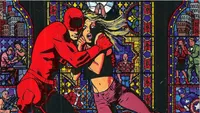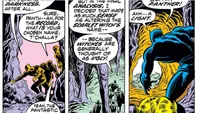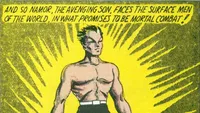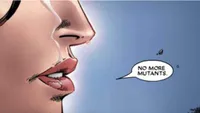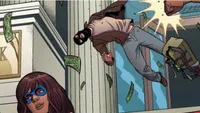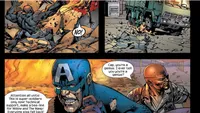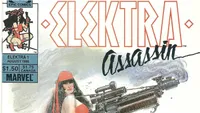10 most iconic moments from Marvel Comics history - chosen by Marvel writers, directors and fans
We asked the best Marvel minds in the business what their favourite Marvel comic moments are.
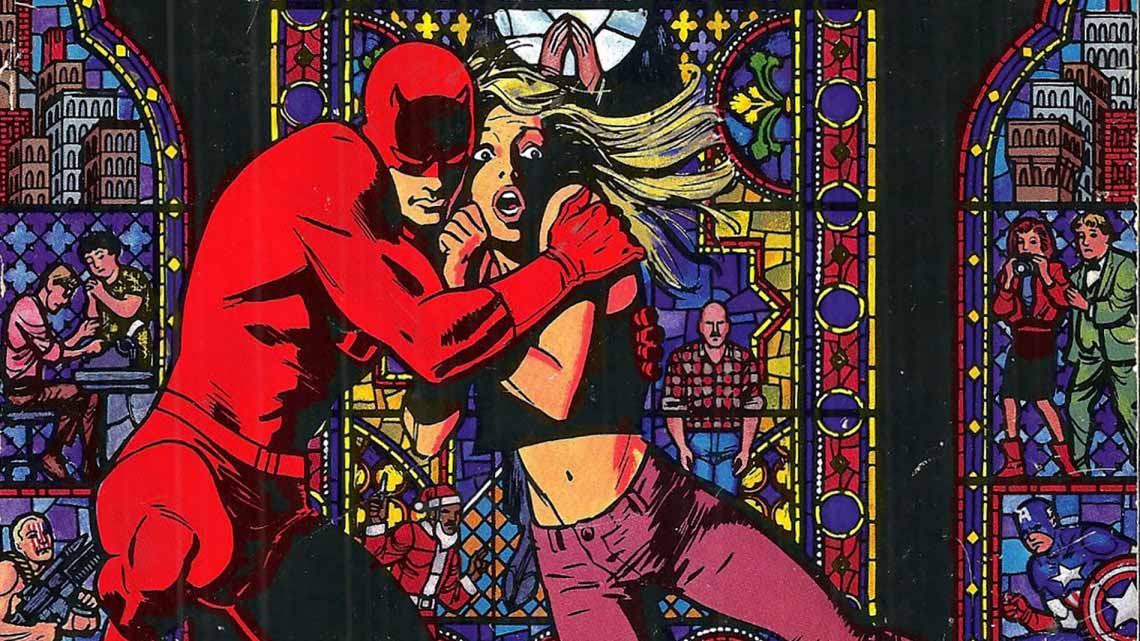
It’s been 80 years since Marvel Comics burst onto the scene and in the decades since the publishing house has served up some of the greatest superheroes and storylines to grace the page.
The stories have evolved over the years to reflect the political and social issues of the day and the character roster expanded to show a more diverse and progressive attitude towards what a hero can look like.
To celebrate Marvel Comics’ contribution to pop culture, Shortlist has put together some of its most iconic moments and enlisted the help of Marvel writers, directors and authors, past and present, to share their favourites too.
- Exclusive: There’s a very good reason Stan Lee wasn’t in Logan or The Wolverine
- 5 best movie endings, according to the writers of Avengers: Endgame
10 Iconic moment from Marvel Comics history
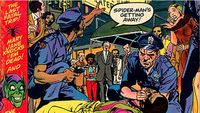
At great risk, Stan decided to defiantly publish the comics anyway without the Comics Code Seal of Approval which, for decades, graced the cover of every comic book in America. And the world didn't end. In that one act of rebellion, Stan Lee neutered the Comics Code. It would hang around for many, many years, but it would never be the scary, Draconian thing it once was. In 1971 Stan Lee and Marvel helped change the history of comics in America... again.Dan Slott, Marvel Comics writer (Spider-Man, Fantastic Four, Iron Man)
Drew Pearce, writer and director (Marvel One-Shot: All Hail the King, co-wrote Iron Man 3, Hotel Artemis)
SOMETHING MISSING FROM OUR SHORTLIST?
Tell us about it, and if enough people agree we'll add it in.
Get exclusive shortlists, celebrity interviews and the best deals on the products you care about, straight to your inbox.
